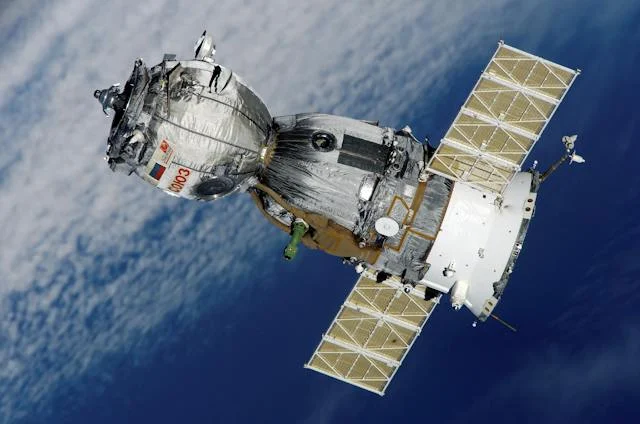The celestial arena is heating up as the race for global satellite internet dominance intensifies. In this cosmic clash, two tech titans, Amazon and SpaceX, are vying for supremacy with their ambitious projects: Project Kuiper and Starlink, respectively. While Starlink has already made its mark, Project Kuiper is Amazon's response, poised to revolutionize internet connectivity. In this article, we dissect the key differences between Project Kuiper and Starlink, examining satellite constellation design, ground stations, user hardware, deployment timelines, and the tantalizing unknowns, including pricing and performance.
Satellite Constellation Comparison
Number of Satellites
- Starlink: Over 5,000 satellites in orbit with FCC approval for up to 12,000, possibly expanding to 30,000.
- Project Kuiper: No satellites in orbit yet, with plans for 3,276 in their constellation.
Orbit Altitude
- Both operate in low earth orbit (LEO) for reduced latency.
- Starlink: Satellites orbit at 340 miles.
- Project Kuiper: Satellites planned to orbit between 370 and 390 miles.
Satellite Launches and Deployment
- Starlink: Over 100 launches since May 2019, with continuous deployment.
- Project Kuiper: First two satellites scheduled to launch in late 2023 or early 2024, with 83 launches planned in the coming decade.
Ground Stations
- Starlink: Dozens deployed globally with ongoing expansion.
- Project Kuiper: Plans to communicate with 12 existing AWS Ground Station Units, with more likely as deployment progresses.
User Hardware
- Starlink: Standard user terminal with phased array antenna, accessories sold separately. Gen 3 hardware expected soon.
- Project Kuiper: Similar active phased array antennas, offering three versions for different applications.
Service Availability
- Starlink: Public beta since November 2020, global coverage, and over 2 million subscribers.
- Project Kuiper: Early stages, aiming to have two satellites operational by 2024, with end-to-end testing targeted for 2025.
Performance
- - Starlink: Impressive speeds, with some users exceeding 300 mbps, typical speeds between 50-150 mbps, and latency below 50 ms.
- - Project Kuiper: No specific performance goals disclosed, but capabilities expected to rival Starlink.
Cost
- - Starlink: Equipment starts at $599, with a monthly service cost of $120 and no contracts or termination fees.
- - Project Kuiper: Pricing not announced, but Amazon aims for competitiveness, potentially undercutting Starlink.
As of 2024, Project Kuiper is still shrouded in mystery, with many details awaiting revelation. Despite the limited information, its resemblance to Starlink in terms of global LEO satellite deployment and user-friendly terminals is evident. The missing puzzle pieces—performance details, cost structure, and distribution methods—will determine the true contender for the throne.
While Starlink has taken a significant lead in terms of deployment, Project Kuiper's late entry doesn't necessarily equate to a disadvantage. The competition is poised to benefit consumers through innovation, competitive pricing, and expanded global access to high-speed internet. As these celestial projects unfold, the cosmic saga of Project Kuiper vs. Starlink promises an exciting chapter in the evolving space race for internet supremacy.

